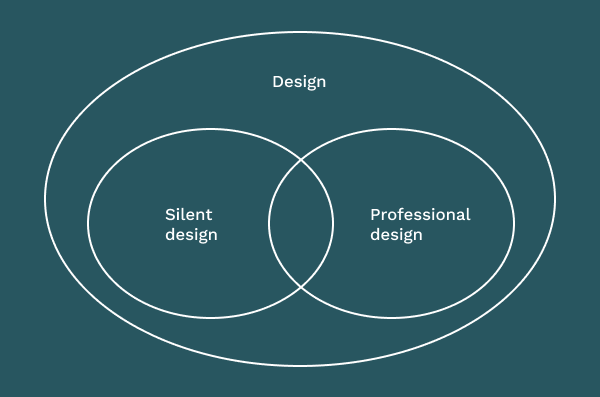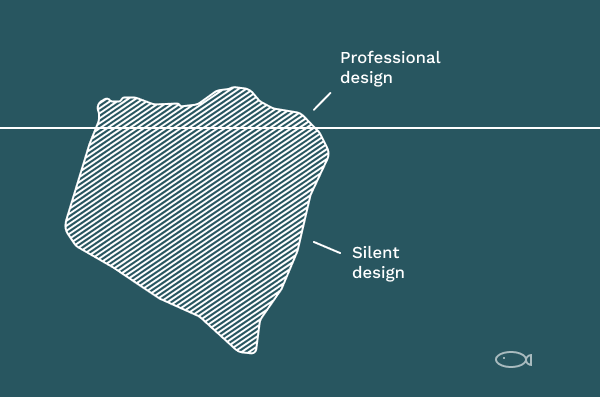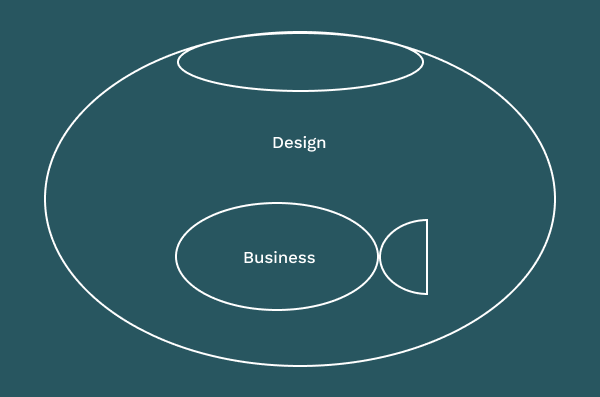This is the first part of a series exploring the relationship between design and value, and how businesses can better use design to create value.
We’re pretty certain that design creates value. Companies paying for design services is proof of that. But we are much less certain of how or why that value gets created.
This stuff can be a bit hard to clearly talk about so in this initial post I’m going back to basics to look at definitions. There are two terms we need define first: “design” and “value”. Both can be pretty nebulous and mean different things to different people
What does “design” mean?
I’m doing it. I’m opening that can of worms.

Herbert Simon offered on of the most generic definitions of design, and that’s what I’ll use as our top level understanding of design.
“To design is to devise courses of action aimed at changing existing situations into preferred ones.
Herbert Simon
Herbert Simon was many things, but one of them was a Noble Laureate winning economist. And bringing design and economics—the understanding of value—closer will be a theme.
The problem with this definition is that it is generic. At an academic level it works. But basically any decision anyone makes in a business is now design and that’s not how most people understand design. So we need to divide the definition further. It’s useful to split that definition into “Silent Design” and “Professional Design”.
Silent design
“It can be argued that a great deal of design activity goes on in organizations which is not called design. It is carried out by individuals who are not called designers and who would not consider themselves to be designers. We have called this ‘silent design’.
Peter Gorb & Angela Dumas, 1987
Silent design is the ‘changing existing situations into preferred ones’ done by non-designers. The term originates in a 1987 paper by Peter Gorb and Angela Dumas. In most organisations this is likely to be the bulk of design that gets done.
Professional design
In contrast to Silent Design, Professional Design is the design done by design professionals; by a design team, or people with ‘design’ in their job title. This is what most people would understand as design. From Visual Design, to UX Design, to Service Design and beyond it’s what Steve Jobs spoke about when he said “Design is not just what it looks like and feels like. Design is how it works.” Professional design is usually concerned with the interactions and experience a user has with a product or service.

What does “value” mean?
The short answer is the value of the business.* Economic value. The share price, investor valuation or whatever valuation metric is used. More of this is the top-line ‘preferred situation’. Creating customer or user value is only important as long as that leads to increasing value for the business. (If you create customer value but not business value, you won’t be creating customer value very long.)
Besides pure economic value, John Heskett discusses, in “Design and the Creation of Value“, how design creates values as well as value. These could be social, environmental, or ethical values among others. Just as design creates economic value, design also creates this “specific set of values that profoundly influences the behaviour of everyone working for [the business]”. Programmes like B Corps show how business can prioritise values alongside value.
*Of course, not everything we design for is a business that can have a value put on it, charities, public sector organisations etc. But the same qualities – like creating services that are useful, efficiency, innovation – that create monetary value in business, create value for the non-business organisations.
Like a fish in water
We all want more value, right? More value is a “preferred situation”. By Herbert Simon’s definition, if we are creating value(s), we are designing.
This all gets a bit circular. Design creates value because design is defined at as the thing that creates value. But that’s ok; good, even. The point is how closely design and business value are intertwined.
It reminds me of this parable:
“There are these two young fish swimming along and they happen to meet an older fish swimming the other way, who nods at them and says “Morning, boys. How’s the water?” And the two young fish swim on for a bit, and then eventually one of them looks over at the other and goes “What the hell is water?”
Attributed to David Wallace Foster
Business is swimming in design; it’s just not always easy to see.
